Recently a few readers have asked me where I buy the steak we eat from and how I prepare, cook and season it. So I thought I’d share a few of my top tips for guaranteeing a perfect steak experience.
CHOOSING THE STEAK
Steak for us is a rare treat but when we do have it we always choose one that comes from beef that has been grass-fed over grain-fed. Grain-fed animals are notoriously fed a poor diet and will become fat very quickly. The fat will be high in omega-6 (pro-inflammatory fats) and unfortunately deprived of fat soluble nutrients and often full of other toxins which can make us sick and cause inflammation related diseases.
If you buy your meat from a butcher or from the grocery store and you get a chance to see what it looks like before buying it. You should look for a steak that is dry but firm to touch, deep red, almost purplish in colour with white fat marbling. Wet looking steaks probably haven’t been aged correctly and will be much less juicy and tender when cooked.
Pre-packaged steak in plastic wrap should be removed and stored in the fridge overnight to let it dry and breathe.
The best cuts of steak come from the rib or short loin – this is mostly because these are the areas of the animal that get less exercise and therefore more tender. There are so many different cuts but the 6 most popular for the most tender and flavorful experience are:
- The rib eye: from the rib region without the bone. Tender and tasty, marbled with a central piece of fat. Fat is where a lot of the distinctive flavour comes from making this one of the tastiest
- T-Bone (Also sold as Porterhouse- although a different cut): A large steak from the lower middle of the animal, these cuts are part striploin and tenderloin
- The Tenderloin: A much smaller steak and the most tender cut you can get, almost buttery however, very low in fat and correspondingly low in flavour. Lean with very little marbling.
- The Strip: Cut from the rear end of the steer. Tight texture, moderately tender but with a bit of a chew. Good marbling and strong flavour, a favourite of steakhouses.
- Rump: Full of flavour, comes from the backside of the animal and must be well hung.
PRE COOKING
The most important thing before cooking is to bring your steak to room temperature. This helps to ensure a more even cooking process and a juicier steak. To do this I would allow between 1 – 2 hrs before removing the steak from the fridge to allow it to come to room temp.
Season the steak with some good quality sea salt and pepper. Good steak does not need a lot of spices as this will only detract from their delicious flavor. You should only use spices and other mixes when cooking tougher and less flavoursome cuts of steak.
Rub some soft (or melted) fat over the steak. Tallow and coconut oil are all good options. You should try to steer clear of olive oil as the heat you will be using for the steak will be too high for the oil causing it to smoke which creates a nasty flavor, oxidises and can cause damage to your cells.
COOKING
- Over high heat place a griddle pan or frying pan and let it warm up
- Place the already buttered steak on to the pan and let it hiss and sizzle
- Flip after 30 seconds and repeat on the other side until both sides are sealed
- Cook steak for a further 1 – 2 minutes per side for medium rare (add one to two minutes per side if you prefer it medium)
- Take the pan off the heat and immediately place the steaks on to a plate to allow them to rest for about 5 – 10 minutes
RESTING
You should always allow your steak to rest for 5 – 10 minutes after cooking it. This allows for the meat to fully seal, relax and keep all the juices from flowing out.
SERVING
For us the more simple the accompaniments to steak the better as you want to enjoy the flavor of the meat. We usually have hand cut sweet potato chips with some fried mushrooms and wok’d greens (broccoli or spinach).
HEALTH BENEFITS
Despite the controversy that surrounds it, red meat, especially good quality steak can supply your body with many vital nutrients. It is also rich in:
- Iron: Red meat contains mostly heme iron which is absorbed and utilized much more efficiently than the other non-heme iron found in plant food. Iron is particularly beneficial for women who are pregnant or trying to conceive as it is crucial for the growth and development of the fetal brain
- Zinc: Essential for many physiological functions
- Vitamin B12, which is vital to protect us from neurological disorders, mental illness, cancers, cardiovascular disease and infertility
- Vitamin D: Which can protect us against rickets a degenerative bone disease caused by severe vit D deficiency

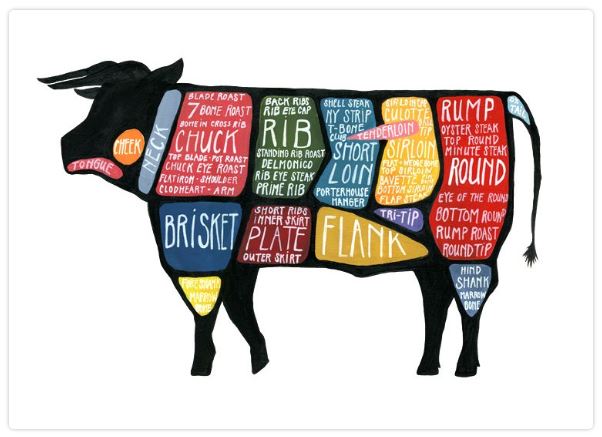
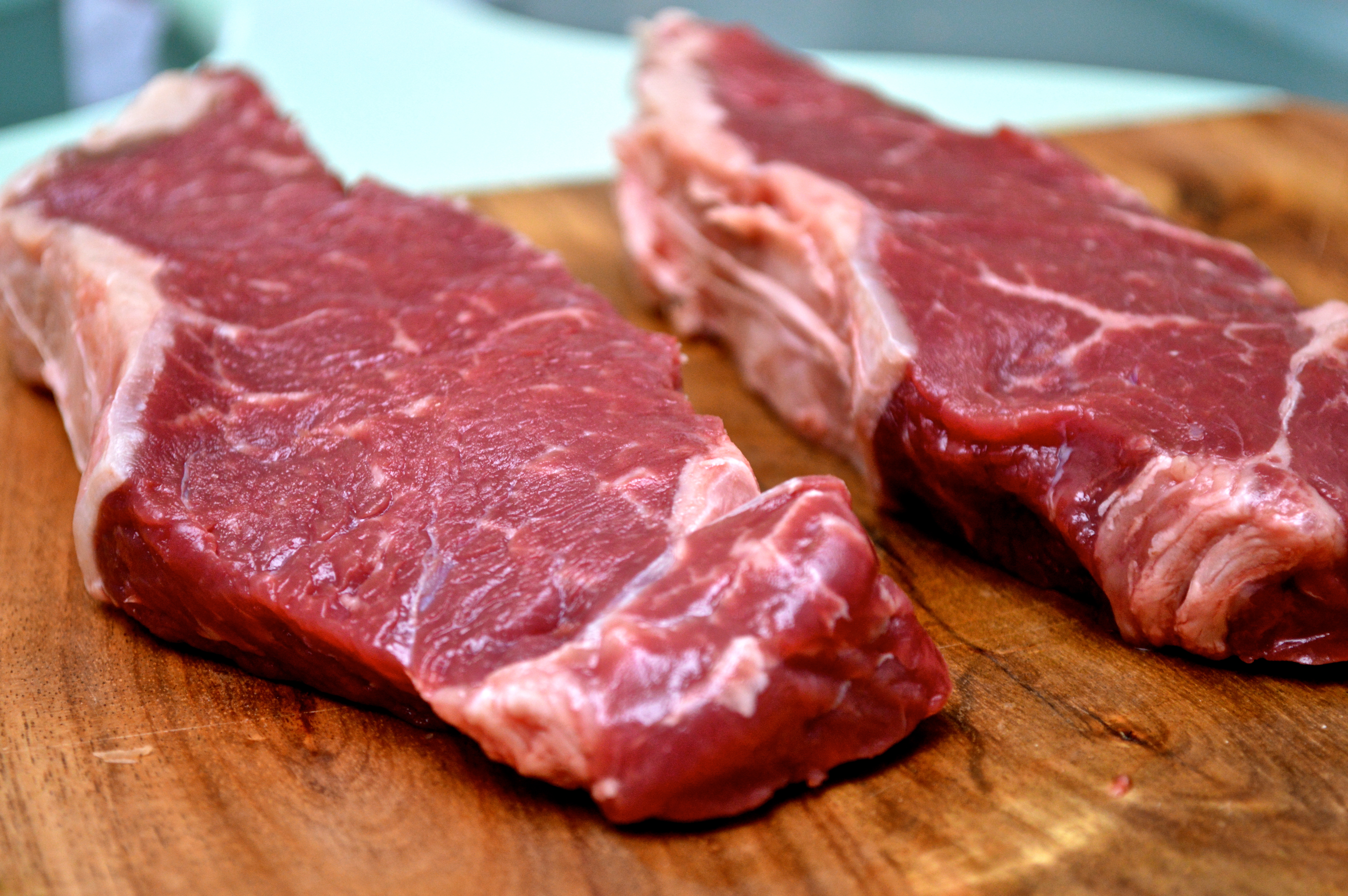
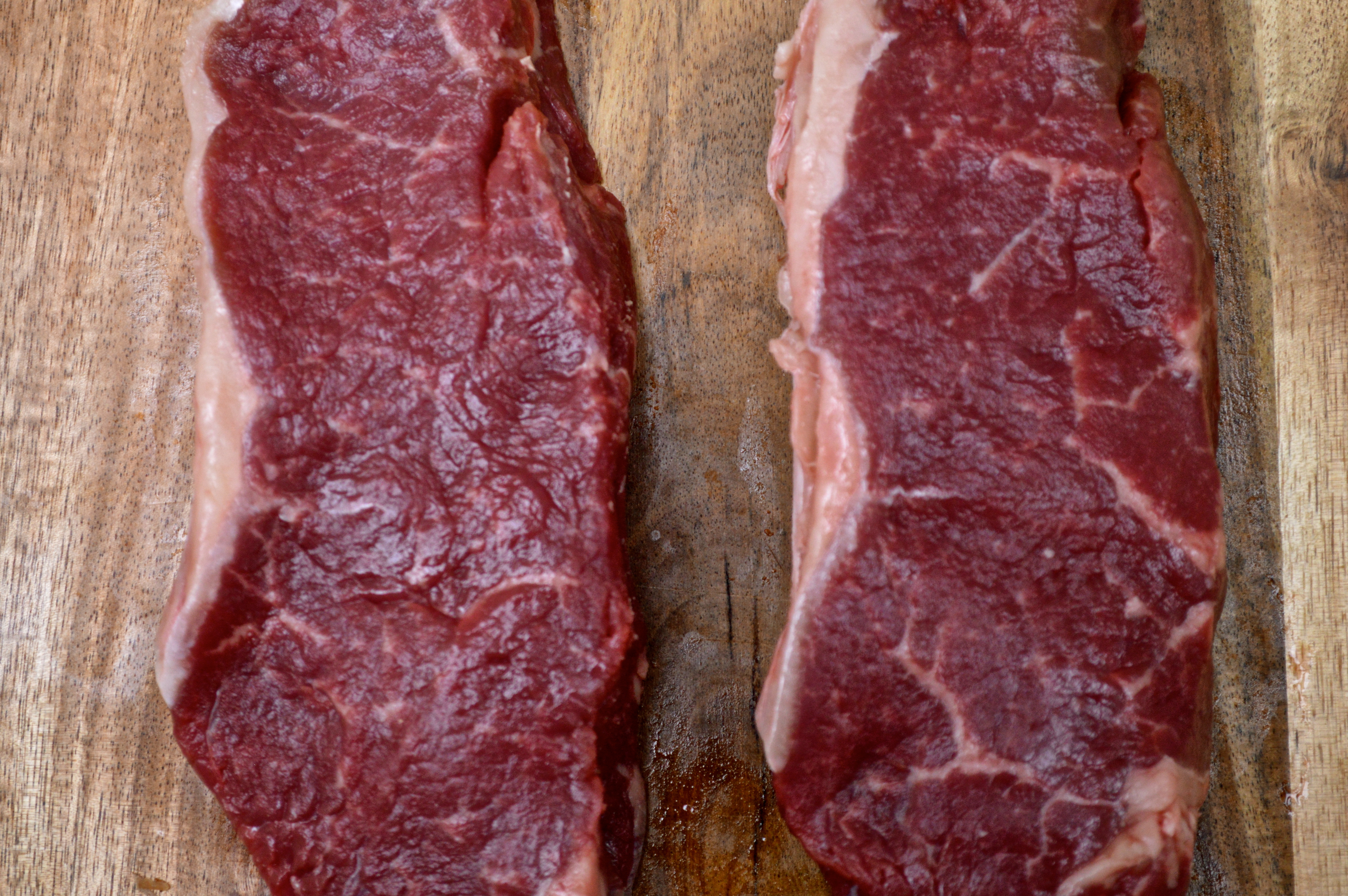
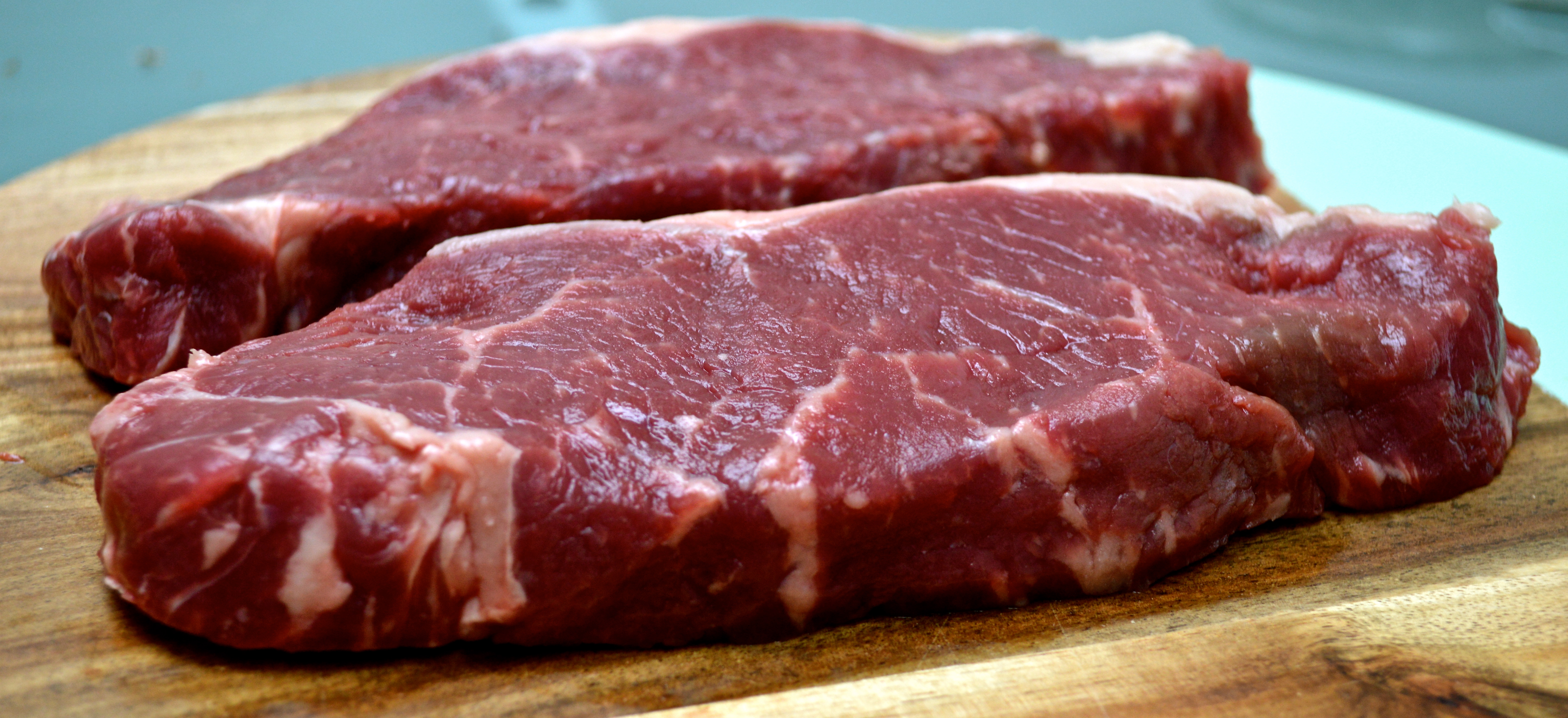
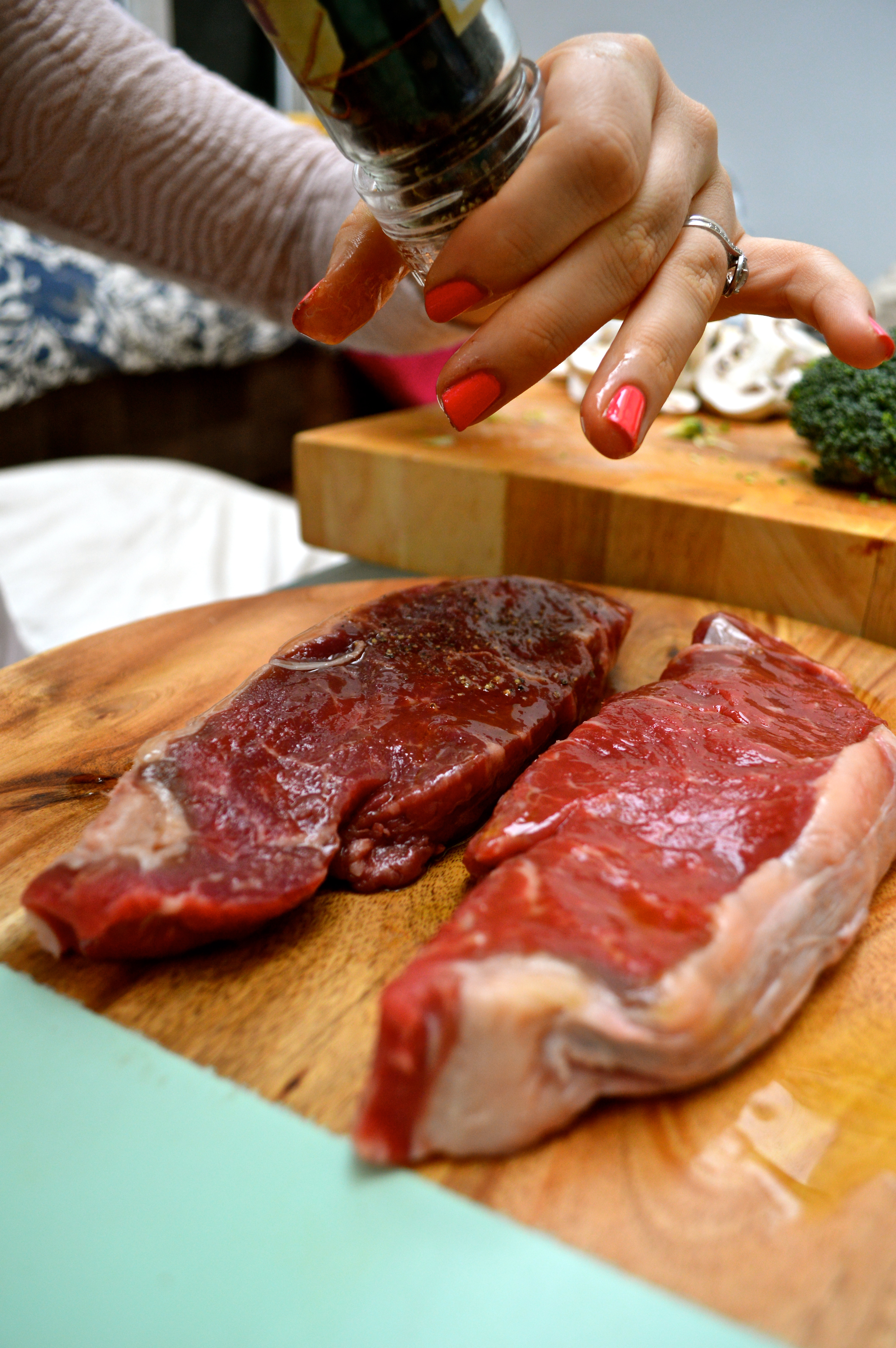
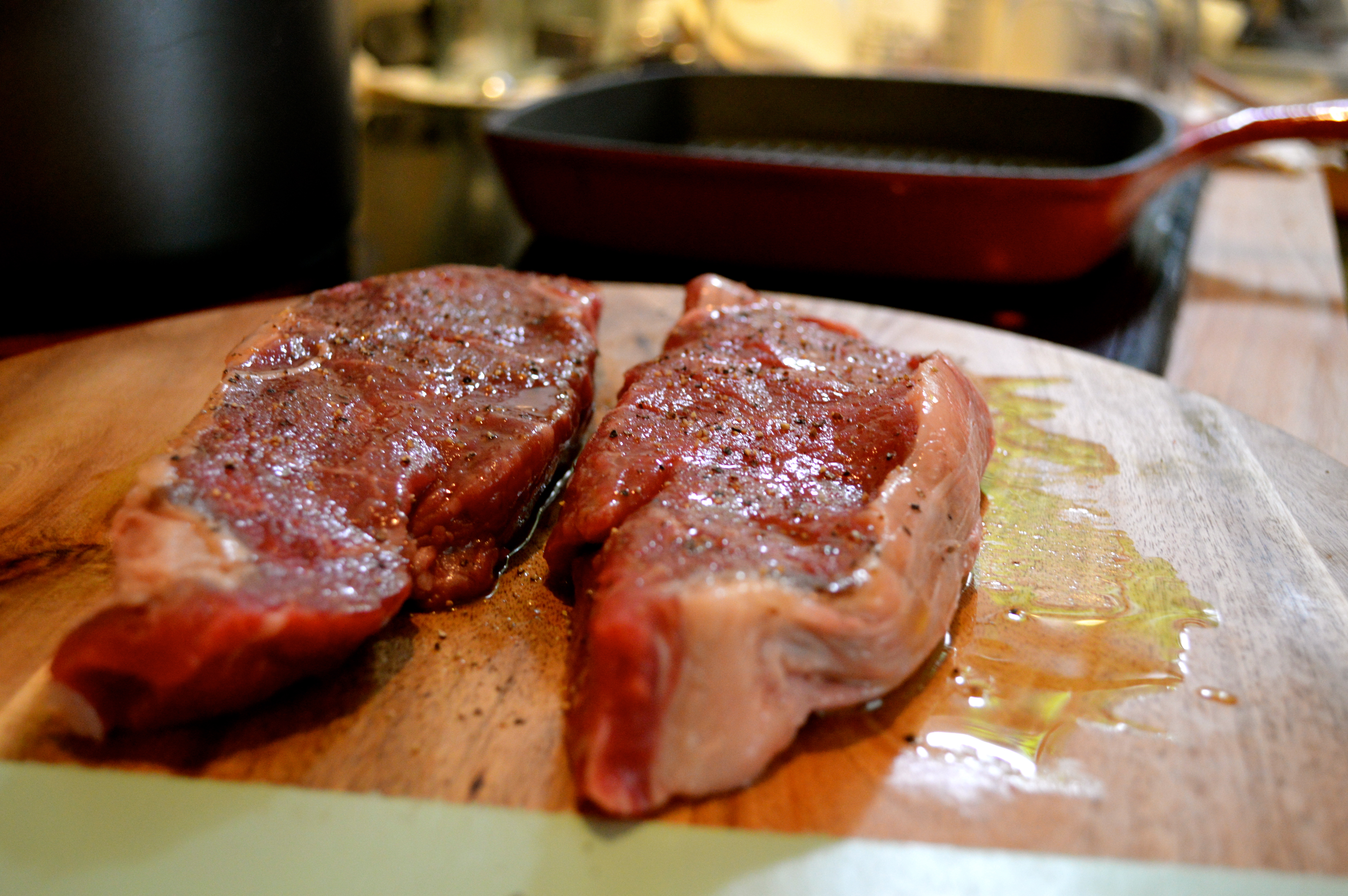
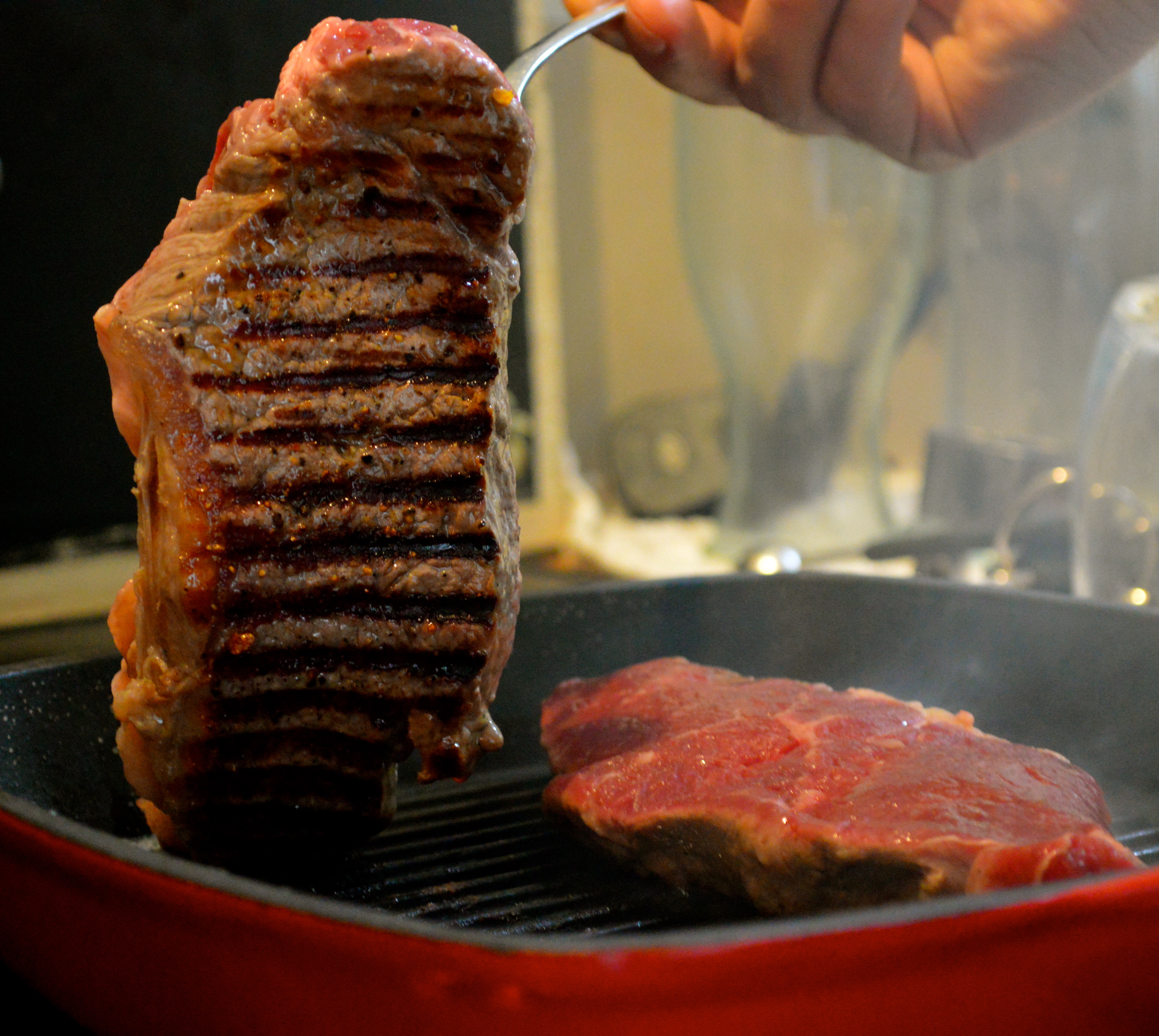
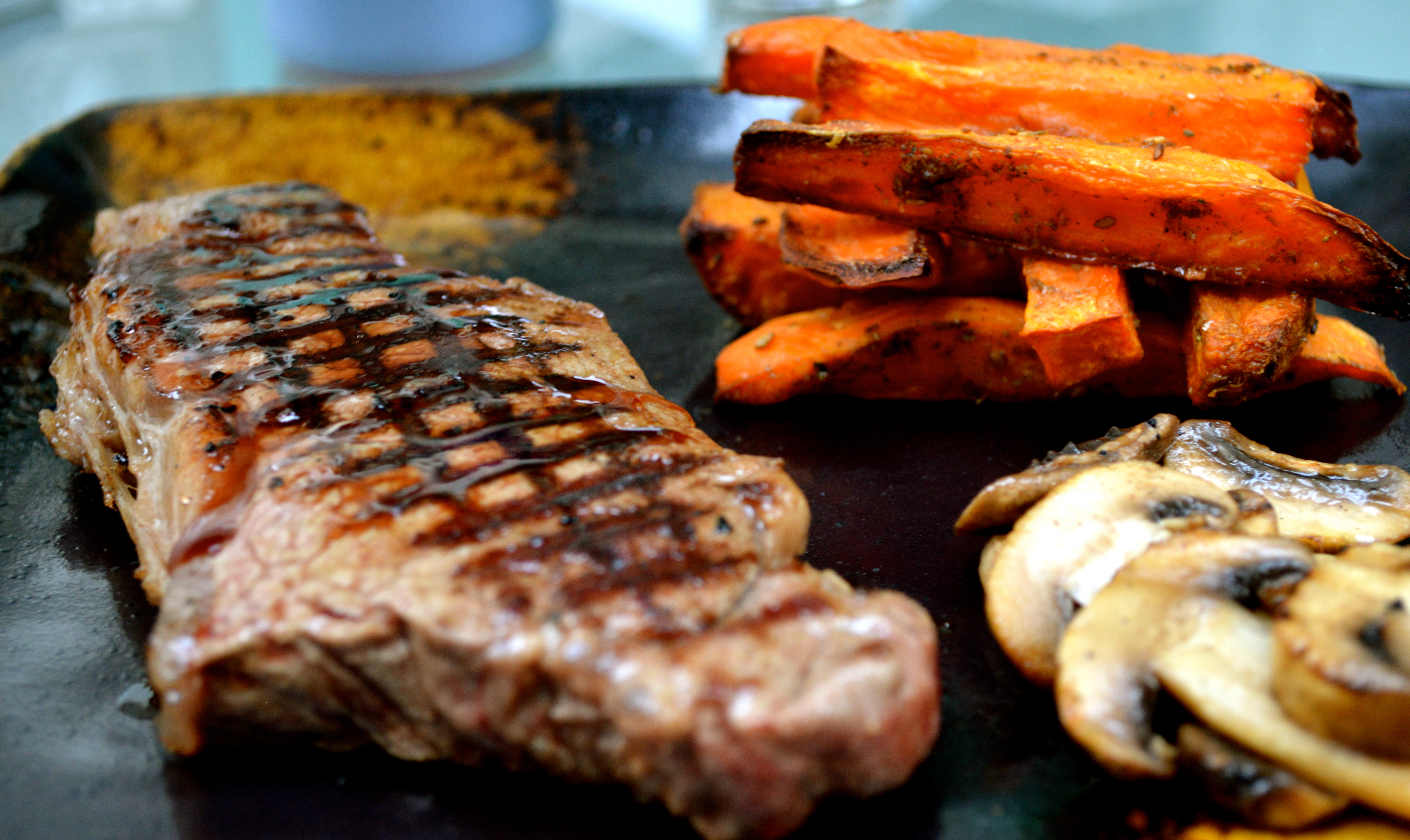
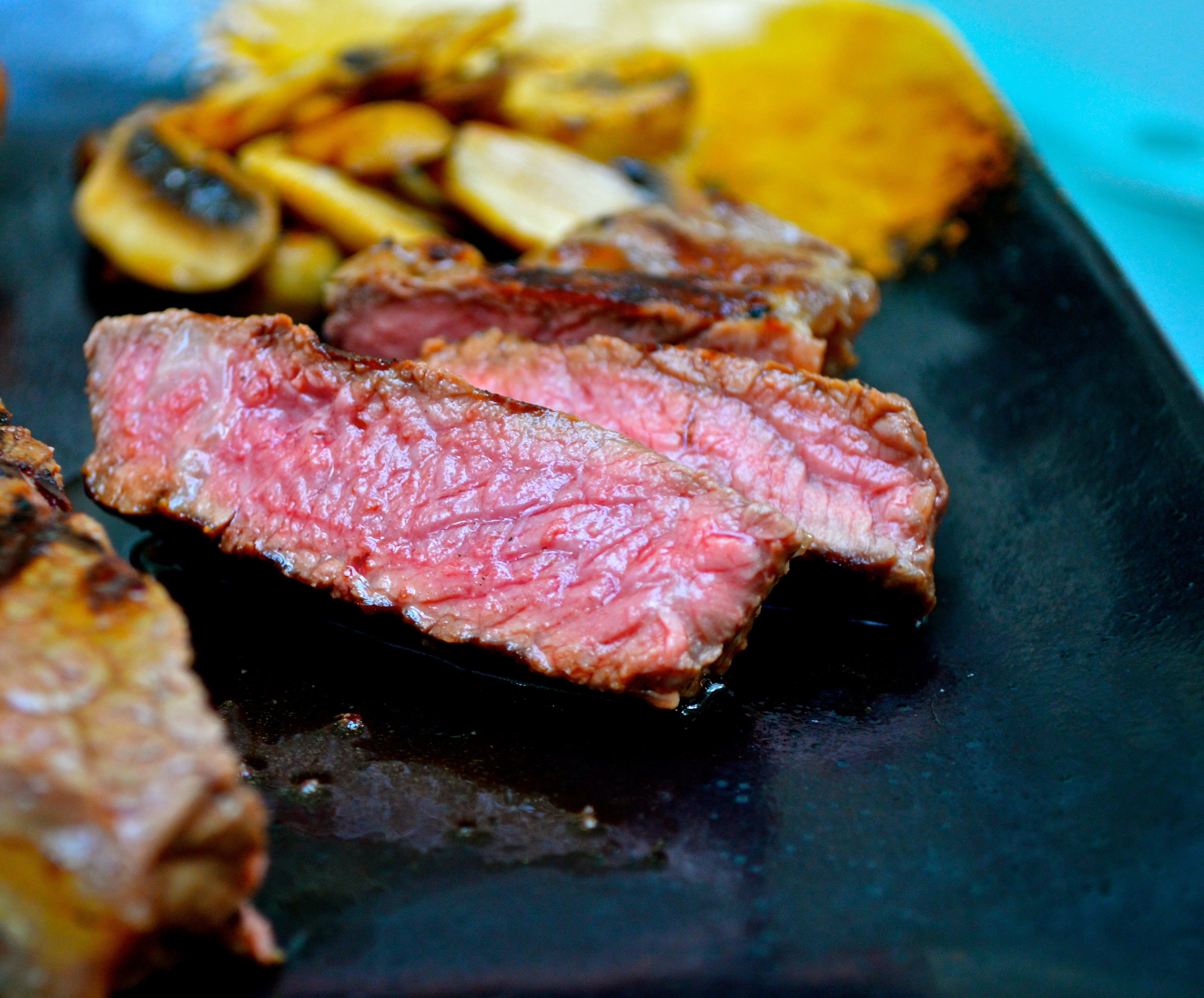
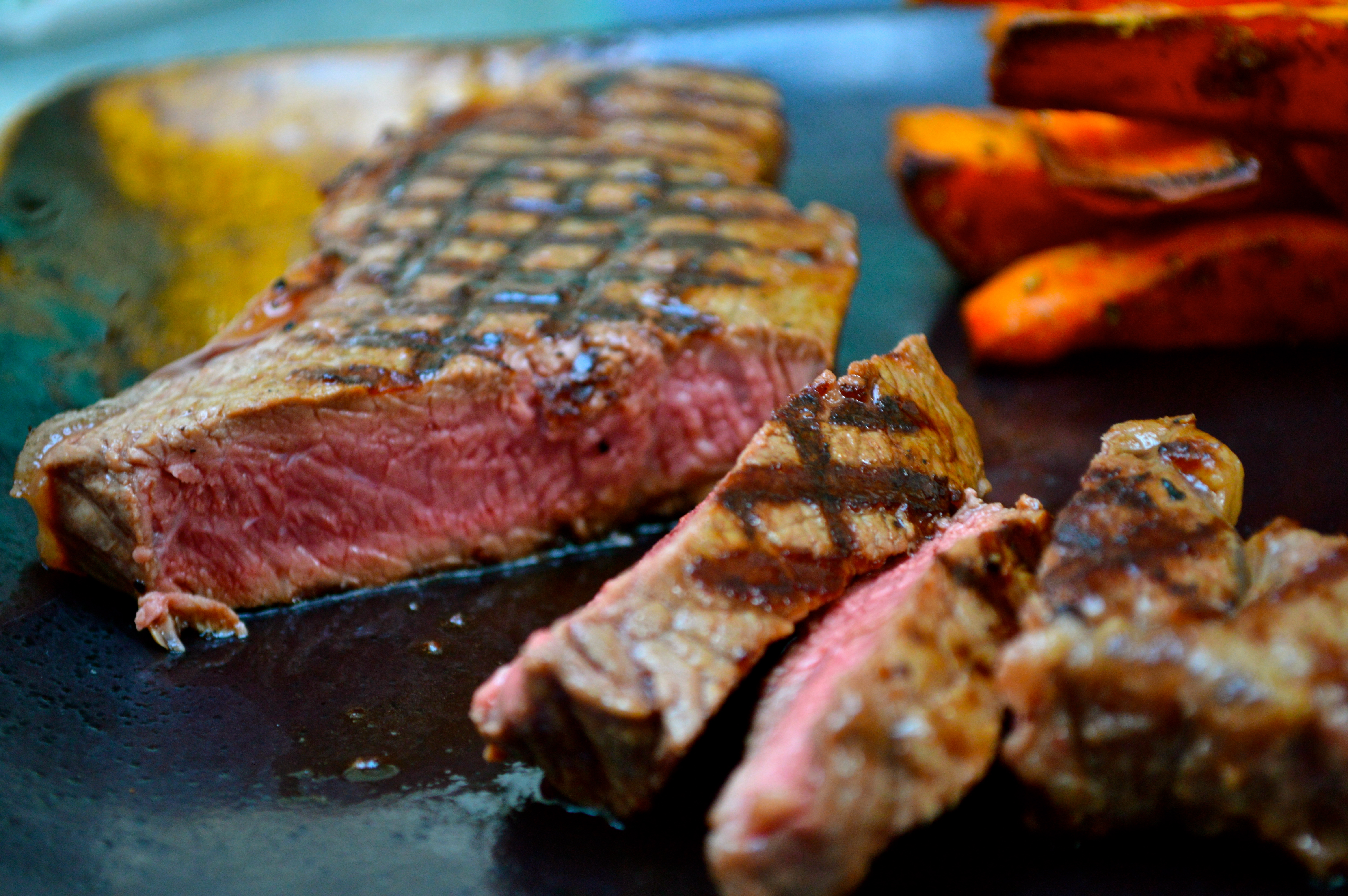
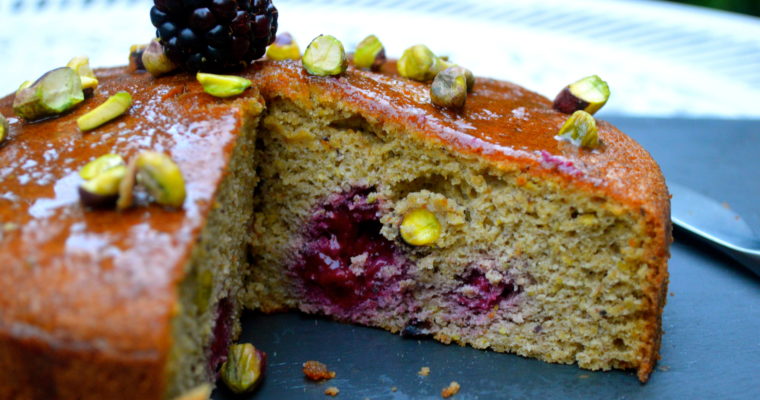
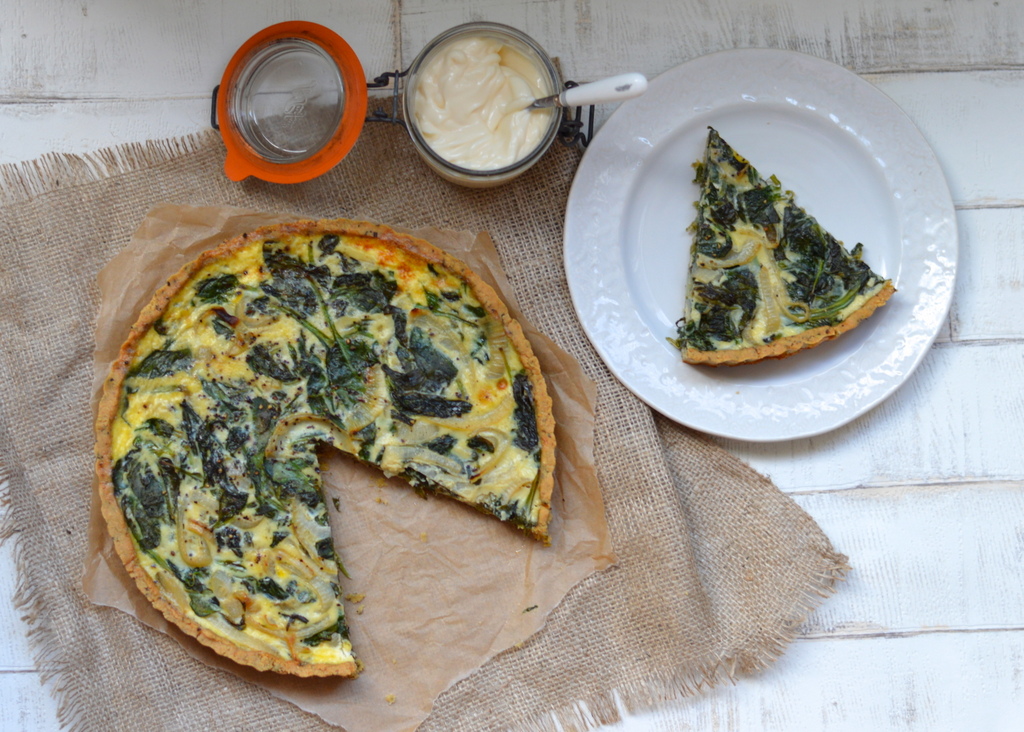






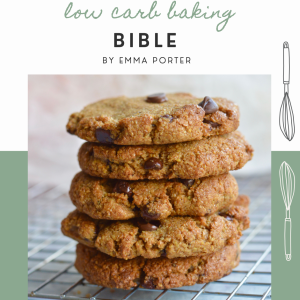
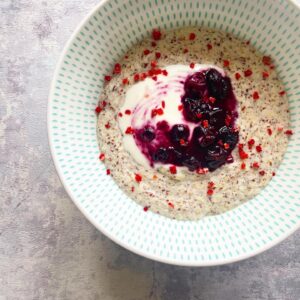

Very soon this website will be famous amid all blogging and site-building visitors, due to it’s nice content